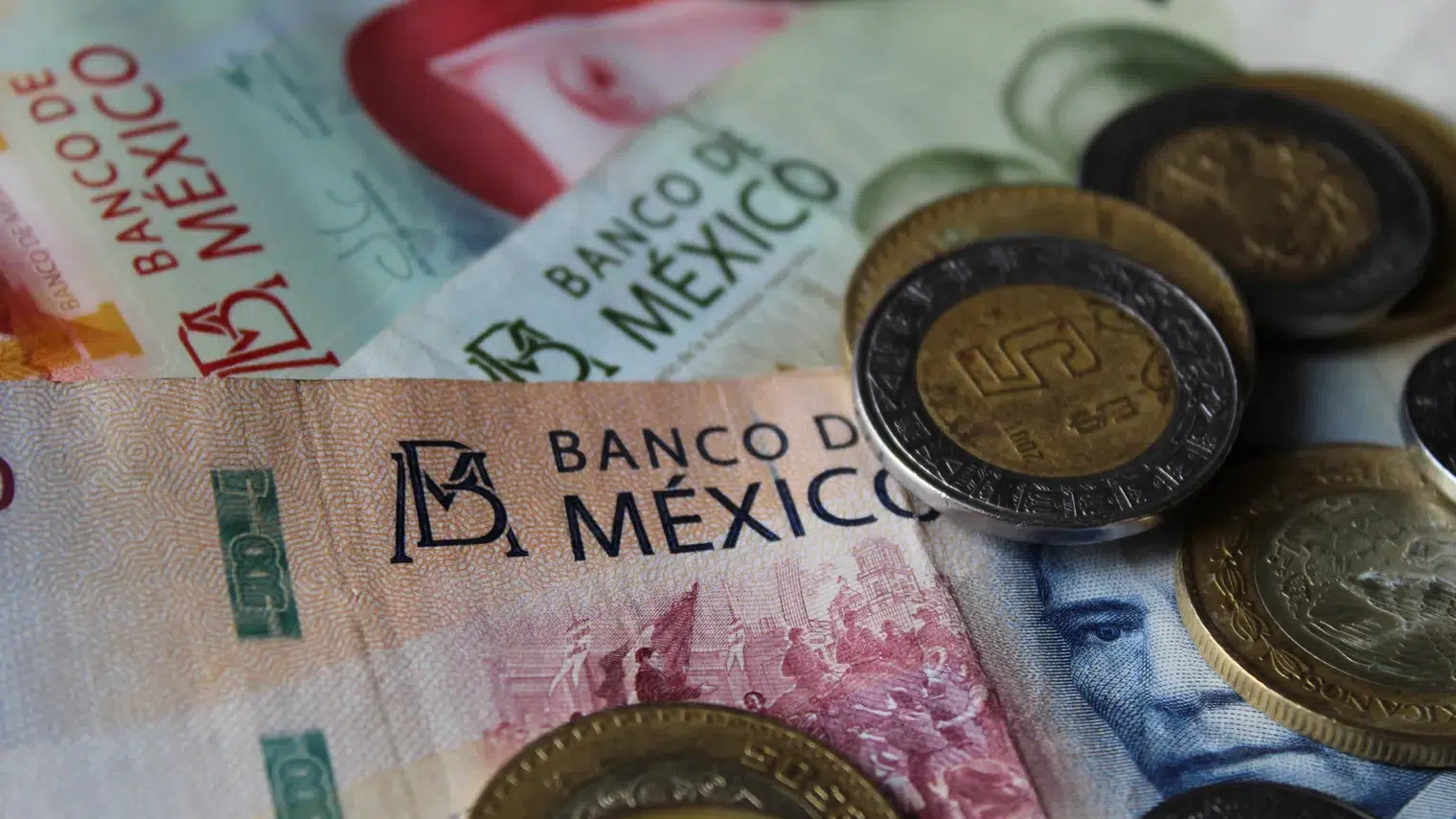The Mexican Peso has recently been under significant pressure, extending its losing streak against the US Dollar amid a prevailing climate of risk aversion in global financial markets. This trend underscores a broader apprehension among investors as they pivot towards safer assets in response to economic uncertainties and geopolitical tensions. Emerging market currencies like the Peso are particularly vulnerable in such environments, where risk aversion tends to trigger capital outflows and increased volatility.
As the Peso continues to struggle, market participants are keeping a keen eye on forthcoming economic data releases and central bank decisions, which are expected to play crucial roles in determining its future direction. Economic indicators such as inflation rates, employment figures, and GDP growth data will be pivotal in assessing the health of Mexico’s economy and its ability to withstand external pressures. Meanwhile, decisions from central banks, particularly the Banco de México and the U.S. Federal Reserve, could significantly influence the Peso’s value by affecting interest rate differentials.
These factors are likely to have a profound impact on investor sentiment and trading strategies. A favorable economic outlook or supportive central bank policies could bolster confidence in the Peso, prompting a shift in trading strategies towards long positions. Conversely, disappointing economic data or hawkish U.S. monetary policy moves might exacerbate the Peso’s decline, leading investors to adopt more defensive stances.
In this dynamic landscape, traders and analysts are constantly adjusting their strategies to navigate the complexities of the global financial system. Understanding the interplay between economic data, central bank policies, and market sentiment is essential for making informed decisions in the foreign exchange market. As the world continues to grapple with uncertainty, the trajectory of the Mexican Peso will remain closely watched, serving as a barometer of broader economic and financial trends.
Current Market Dynamics: A Struggle for Stability
The Mexican Peso has been experiencing a string of consecutive losses, which can be attributed to a combination of market concerns and geopolitical factors. Despite the fact that the Federal Reserve has decided to reduce interest rates for the first time in four years, the Peso has yet to be able to capitalize on this shift. The USD/MXN exchange rate has remained stable above 19.38, indicating gains of more than 0.42%.
The Decisions Made by the Central Bank: A Crucial Crossroads
As a response to the easing of inflationary pressures, the Federal Reserve recently reduced interest rates by fifty basis points, which was supported by the Governor of the Federal Reserve, Christopher Waller. Nevertheless, the outlook for the Mexican Peso is also connected to the forthcoming rate decision that will be made by the Bank of Mexico (Banxico). It is anticipated by analysts that there will be a reduction of 25 basis points, which, despite the fact that it will slightly narrow the interest rate differential, may still maintain investor interest in the Peso due to the relatively high yield it offers.
Indicators of the Economy and the Aversion to Risk
Mexico’s forthcoming releases, which include data on Economic Activity and Retail Sales, may provide insights into the state of the country’s economy, despite the fact that the country’s economic agenda is relatively light. Emerging market currencies such as the Peso continue to be weighed down by the general sentiment of risk aversion, which is made worse by the uncertainties that are occurring all over the world. This cautious approach is reflected in the recent reactions of traders on Wall Street, who are attempting to comprehend the implications of the policies implemented by central banks.
The Impact of Geopolitical and Economic Factors
Investor confidence has been negatively impacted as a result of geopolitical developments, particularly the judicial reform in Mexico, which has introduced an additional layer of uncertainty. There is a possibility that these reforms will, over time, alter the credit landscape in Mexico, which adds to the difficulties that the Peso is currently facing. In addition, the performance of the Peso is affected by the price of oil, which is significant given Mexico’s position as a major exporter, as well as by broader trends such as nearshoring, which positions the country as a critical manufacturing hub in the region.
Market participants are advised to maintain vigilance as the Mexican Peso navigates through a period of volatility (also known as a period of uncertainty). The interactions between the decisions made by the central bank, the data from the economy, and the geopolitical factors will play a crucial role in determining the near-term prospects of the Peso. Despite the fact that the current circumstances indicate a challenging environment, those who are going to be dealing with the Mexican currency in the weeks to come will need to analyze the situation and position themselves strategically carefully.


